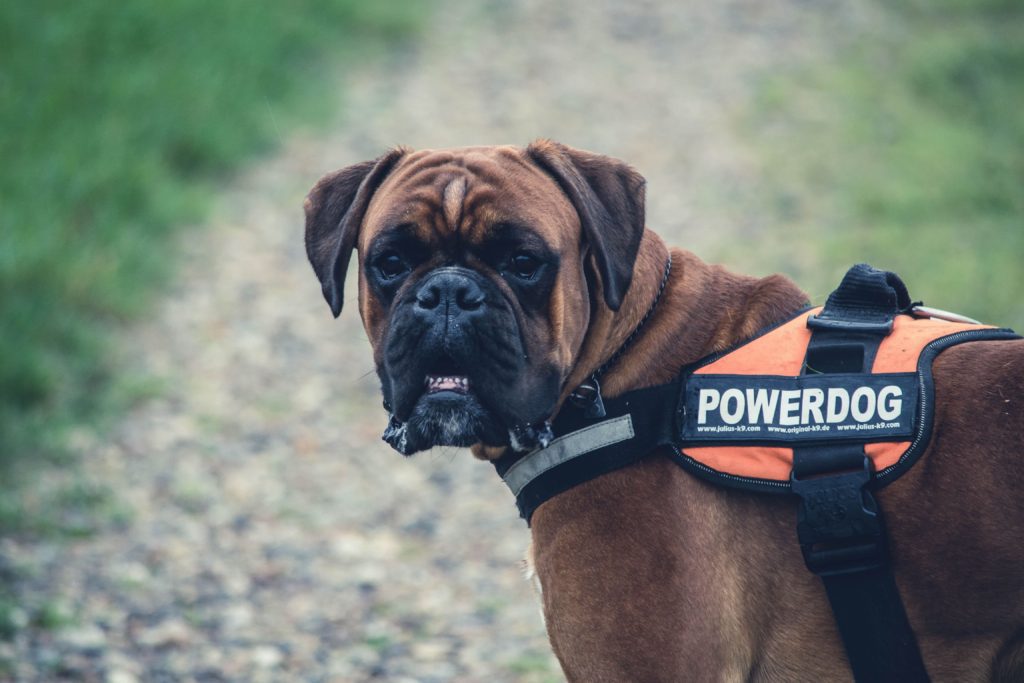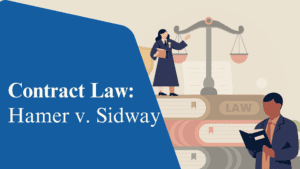
Keywords: Strict liability tort, strict liability vs negligence, strict liability tort examples
1. Strict liability tort definition
Strict liability tort is the type of tort where a person is liable for injuries, regardless of what his/her intent or mental state was when causing the injuries. There are three common types of strict liability cases:
(1) abnormally dangerous activities
(2) defective consumer products
(3) animal attacks.
2. Abnormally dangerous activities
Strict liability is imposed when someone undertakes an abnormally dangerous or ultrahazardous activities and causes an injury to another person. Restatement (Third) of Torts § 20 mentions the abnormally dangerous activities. It states that:
(1) An actor who carries on an abnormally dangerous activity is subject to strict liability for physical harm resulting from the activity.
(2) An activity is abnormally dangerous if:
a. the activity creates a foreseeable and highly significant risk of physical harm even when reasonable care is exercised by all actors; and
b. the activity is not of common usage.
Examples of abnormally dangerous activities include:
- Blasting or explosive demolition activities
- Fumigating
- Disposing hazardous chemical wastes
- Mass use of poisons
- Storing gasoline or explosives

2. Defective consumer products
Generally, the manufacturer and supplier of a defective product are liable if there is a defect in their product that causes injuries. Although the liability for a defective consumer product claim can be based on negligence or strict liability, it is generally regarded as a case of strict liability. In this case, regardless of the intent and the extent of care they exercised, the manufacturer and supplier will be liable if a defect in their product causes injuries.
What are the elements of product liability?
Even though rules for product liability vary from state to state, product liability law generally requires four elements to be proven in order for the product liability to be established. These four elements are:
- The product is defective
- The victim was injured
- The defect was a proximate cause of the injury
- The victim was using the product as its intended way.
What types of defects in a product create liability?
There are three main types of product defects that incur liability in manufacturers and suppliers: (1) manufacturing defects, (2) design defect, and (3) inadequate warnings.
(1) manufacturing defects: manufacturing defects happens during the manufacturing of the item, making some out of all the products of the same type defective.
(2) design defect: a design defect is a design flaw of the product that makes every product sold unreasonably dangerous to use.
(3) inadequate warnings: liability is imposed when improper instruction of a product is given, or failure to warn consumers of potential dangers in the product happens.

3. Animal attacks
There are around 4.9 million animal bites accidents happens each year in the United States. In many cases, the owner of the animal will be held liable for their animal’s attack.
In some jurisdictions, the owner of the animal who attack others is subject to strict liability. In other words, the owner is legally liable for his/her animal when the animal attacks others, regardless of whether the owner exercised due care when it comes to keeping the animal.
In other jurisdictions, the owner of the animal is liable for the animal attack only when the animal that he/she keeps is considered dangerous, such as snakes, lions, or elephants.
4. Strict liability tort defense
Generally, there are 3 types of defense to strict liability:
a. misuse of the product
b. comparative fault
c. assumption of the risk
What cannot be the defense to strict liability?
Common mistakes people make when assuming defense to strict liability is to include the following three:
a. not knowing the law
Not knowing the law cannot be defense to strict liability since the law assumes that everyone knows to law. In addition, defense for negligence, such as comparative negligence, is not available for defense to strict liability because negligence is not an element of strict liability.

